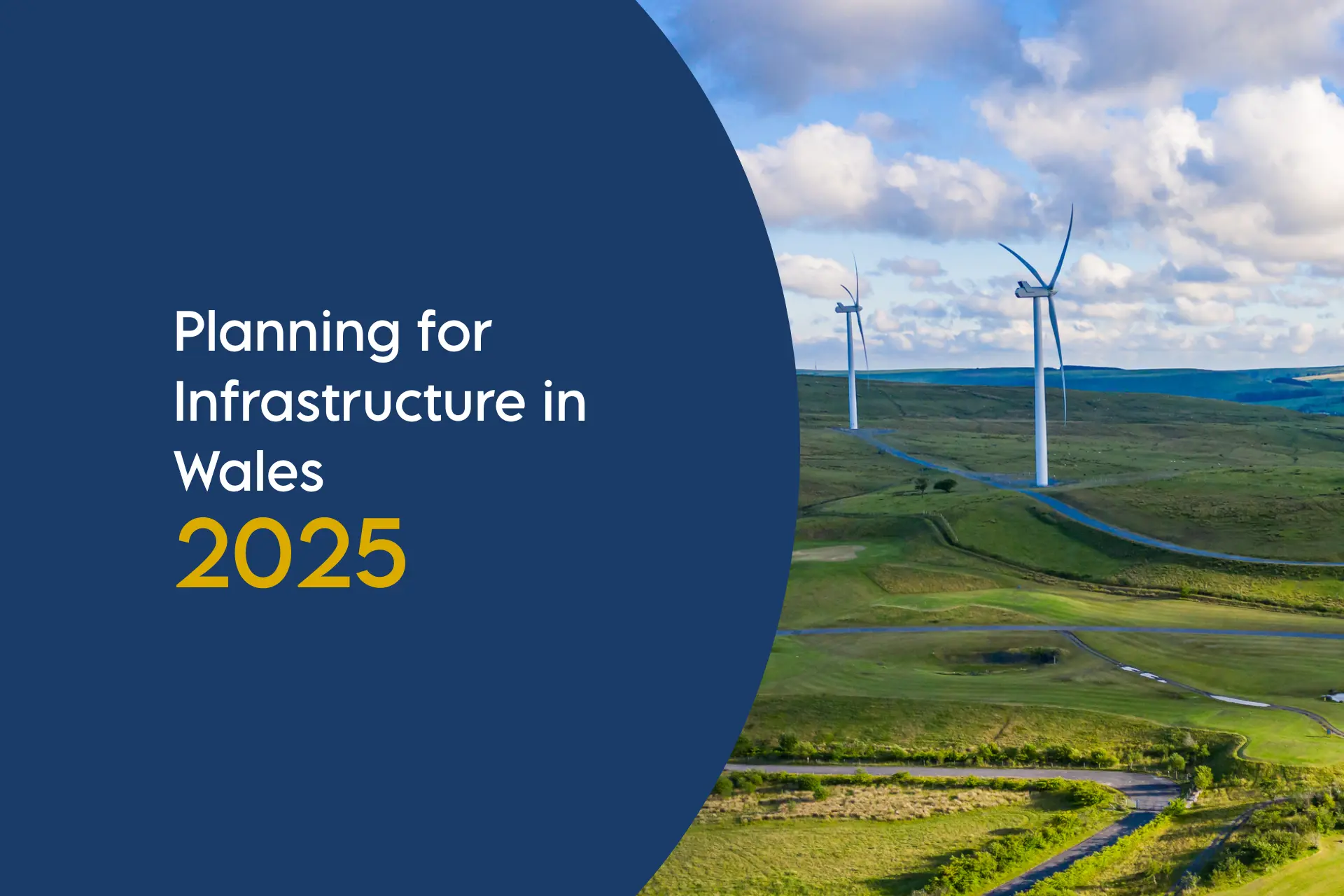
Preparing for a new planning system in Wales
On 18 November, Waterfront Conference Company held its annual Planning for Infrastructure in Wales conference. Taking place this year, just weeks ahead of a new consenting regime on 15 December, the conference was perfectly timed to enable delegates to get up to speed with the latest changes. For those not able to attend, conference producer, Martina Serafini, has summarised some of the key take-aways.
The introduction of the new consenting regime on 15 December marks a crucial moment for development in Wales. The Infrastructure (Wales) Act is set to transform how major schemes are delivered, unlocking faster decision-making and accelerating project delivery.
To prepare for the transition ahead, Waterfront Conference Company brought together over 120 delegates – including developers, government officials, and key stakeholders – for its annual Planning for Infrastructure in Wales event in Cardiff on 18 November. The conference explored the next steps for effectively navigating the new process while maximising the full potential of future development opportunities.
Owen Struthes, Head of National Consenting, at the Welsh Government explained that to remain in the current DNS system, project promoters must submit a notification of development by 15 December, with the full application completed within 12 months. For those moving to the new regime, pre-application consultation doesn’t need to be repeated if the application is made within 12 months of the new process starting, and consultations were conducted according to the 2025 regulations.
The planning regime isn’t the only area undergoing major change as grid connectivity remains a critical barrier for energy schemes. At the event, NESO provided a crucial update on the Regional Energy Strategic Plan for Wales, which will ensure that local areas receive the electricity infrastructure required to enable faster connections. To support this, Green Gen Cymru also announced a £1 billion private equity investment in new distribution networks that will unlock greater grid capacity across rural Wales.
Upgrading the electricity network will allow existing projects to move forward while derisking new types of infrastructure. For example, Richard Little, director of the Pembroke Net Zero Centre at RWE, is developing one of the largest green hydrogen projects in the UK, consisting of 110Mwe electrolysis plant and 1.5km pipeline. Last Energy is also working on innovative technologies as they are preparing to deploy four micro-nuclear plants in Bridgend that will provide power to manufacturers throughout Wales.
The day also highlighted emerging opportunities for floating offshore wind development in the Celtic Sea. Representatives from The Crown Estate, Gwynt Glas and the Port of Milford Haven shared their perspectives on the lessons learned from the Offshore Leasing Round 5 and what more is needed to establish the Celtic Sea as a leading hub for renewable energy. The tender process was designed to act as a catalyst for economic and social growth, with the winning projects committed to deliver more than 5,000 jobs and a £1.4 billion boost to the UK economy.
Ports across Wales will be central to realising these ambitions. Beyond supporting offshore wind, they will play a vital role in enabling new energy solutions such as carbon capture and tidal projects. Associated British Ports presented how they are adapting key infrastructure at Port Talbot and the Port of Swansea to meet the demands of these emerging technologies.
In conclusion, the event reflected an important step forward for Wales’s infrastructure, with planning and grid reforms working together to streamline development. These changes have the potential to accelerate delivery timelines, attract investment, and open the door to innovative schemes that will speed up the net-zero transition.
Planning for Infrastructure in Wales will return next year to further explore the implications of the new consenting regime and the best strategies for advancing new projects. Make sure you secure your place to discover the new development opportunities brought by policy changes and connect with those leading major infrastructure schemes.
